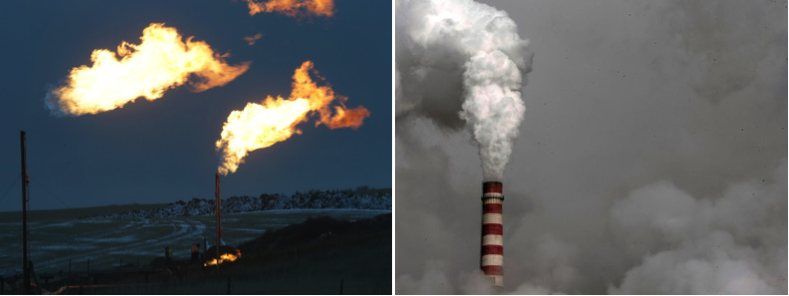Catalytic processes for carbon dioxide and natural gas valorization
The ultimate goal of this research is to upgrade abundant carbon dioxide and natural gas resources, connected with the largest greenhouse emissions from human activities, into valuable chemicals and fuels by means of sustainable catalytic routes.
Natural gas is primarily used for heat and electricity generation. Currently, less than 10% of the amount produced globally is upgraded to liquid fuels and chemicals via the energy-intensive syngas route, while around 4% is combusted at oil fields and refineries. Arising from the societal dependence on fossil fuels, carbon dioxide, the notorious greenhouse gas, is emitted as a waste in billion-ton scale annually. In stark contrast, a sustainable growth requires, as key pillars, new catalytic processes realizing (i) the efficient use of methane as a feedstock for carbon chemistry and (ii) a carbon-neutral scheme by CO2 recycling. The Advanced Catalysis Engineering (aCe) Group is developing suitable catalysts and reactor concepts in response to these challenges.
The aCe Group explores halogen-mediated routes to functionalize the light alkane constituents of natural gas under mild conditions leading to haloalkanes, which can subsequently be transformed into commodities. Both steps require the design of robust catalysts with tailored properties such as mild oxidation potential, acidity, etc. to enable the selective conversion of the alkane. Further essential aspect is to ensure the closed-loop recycling of the halogen, released as hydrogen halide in the second step. In parallel, the researchers envisage the electro- and thermocatalytic conversion of CO2 into CO, methanol, or higher alcohols as leading alternatives for CO2 recycling. The aCe Group explores multicomponent catalysts based on oxide materials, with emphasis on defective surfaces inherently containing highly reactive sites.

The ESC member involved in this project is Prof. Javier Pérez-Ramírez, Chair of Catalysis Engineering and head of the Advanced Catalysis Engineering (aCe) Group at the Institute of Chemical and Bioengineering in D-CHAB. The group’s research centers on the design of heterogeneous catalysts and reactor concepts devoted to sustainable technologies.
